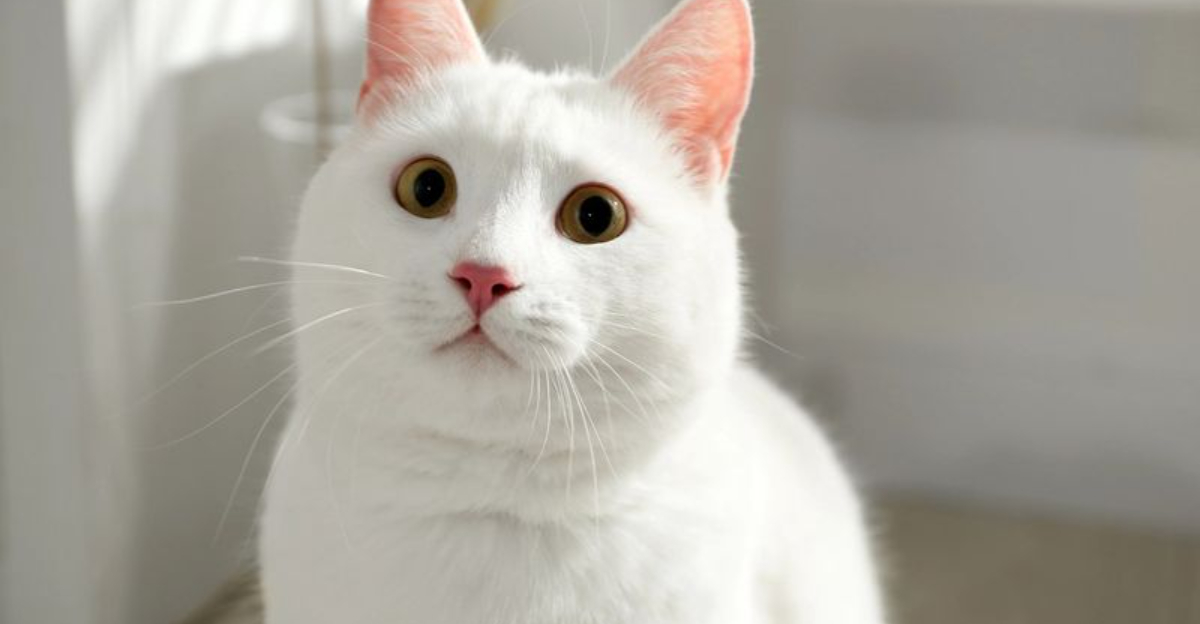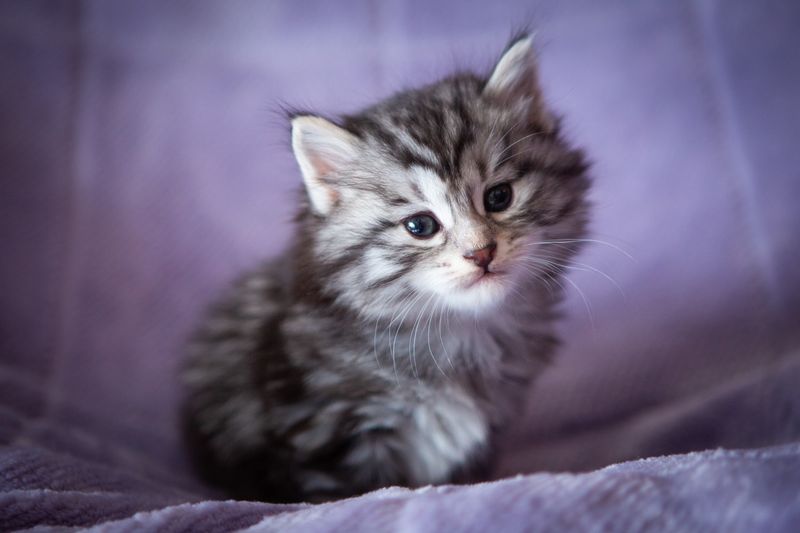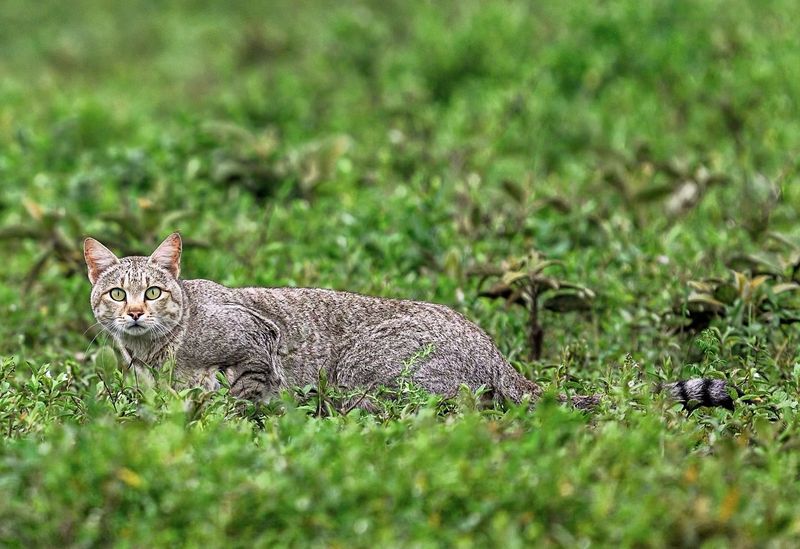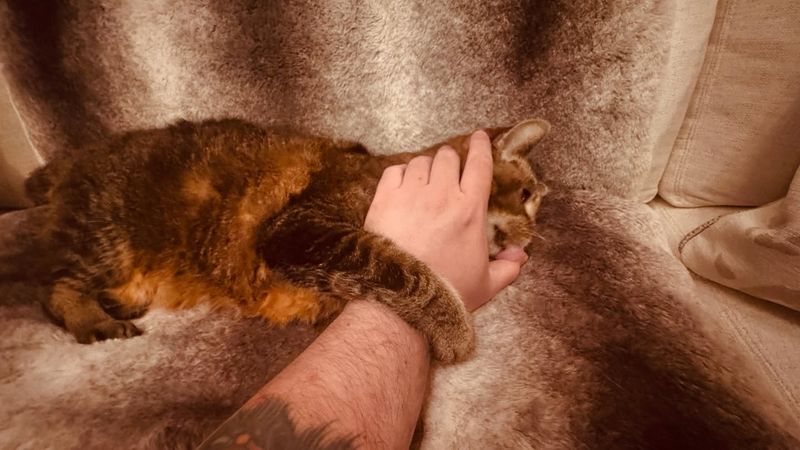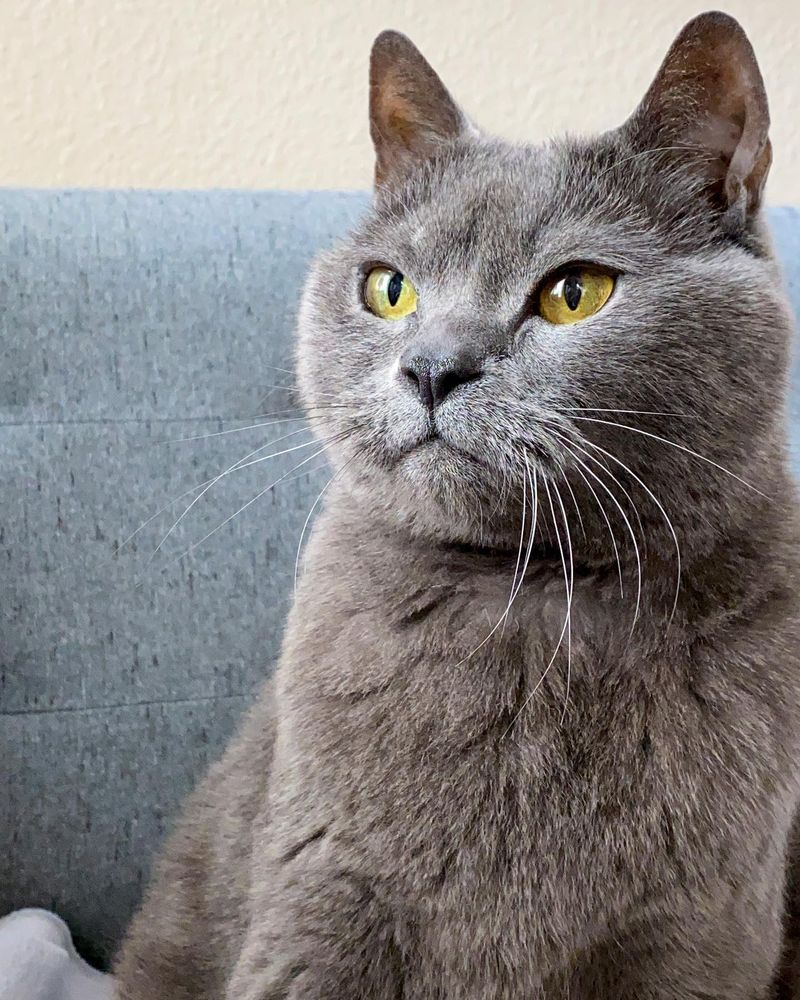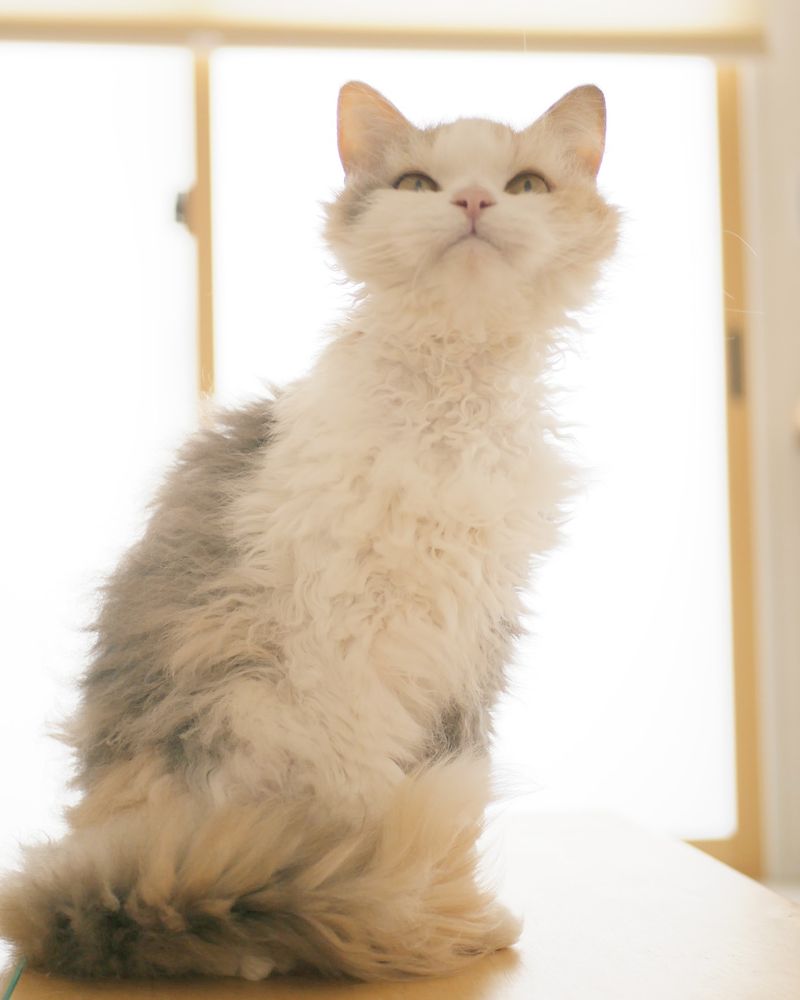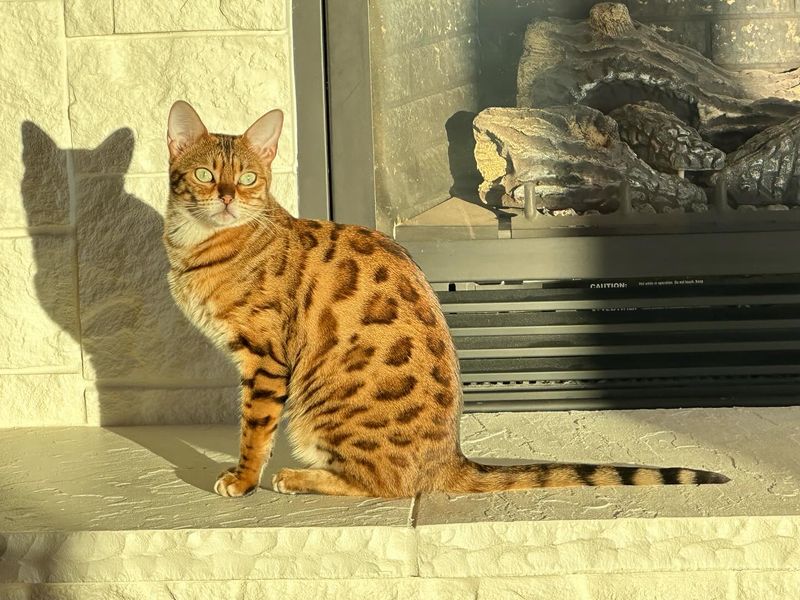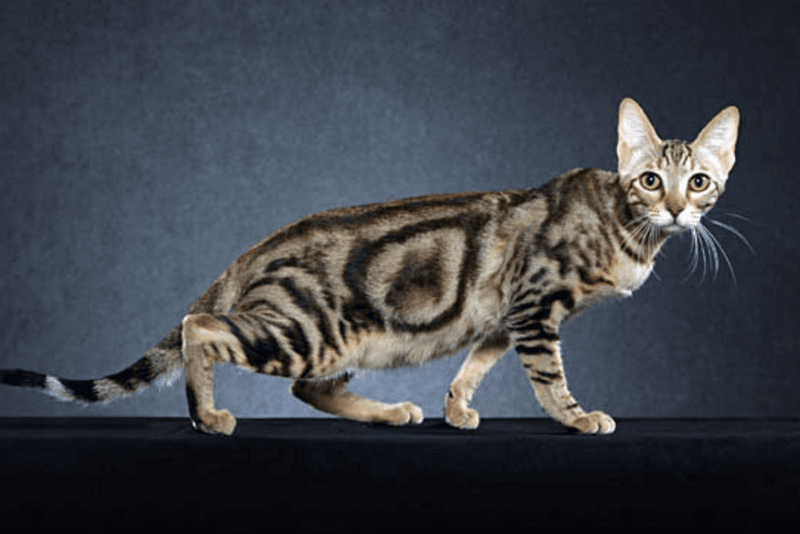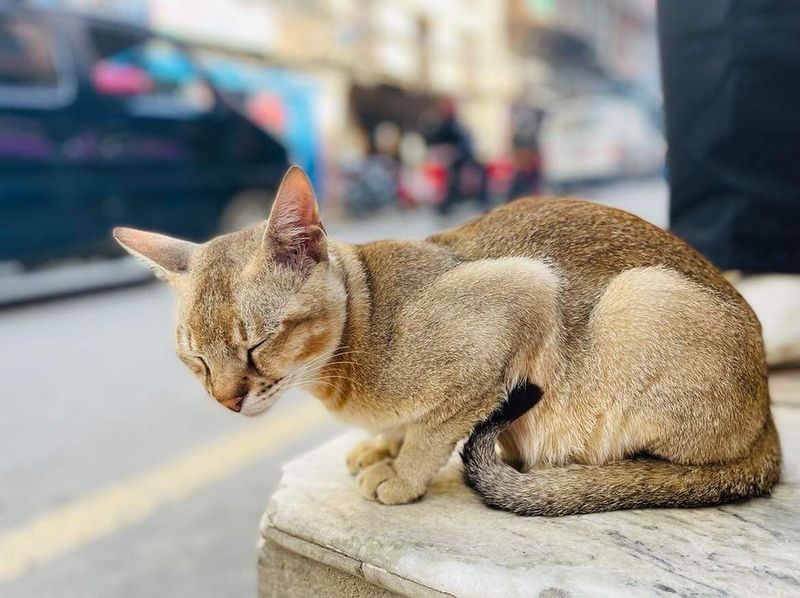📖 Table of Content:
Across the United States, millions of families share their homes with cats, yet only a fraction of these feline companions belong to truly rare breeds. While most people are familiar with popular breeds like the Siamese, Persian, or Maine Coon, there’s a hidden world of elusive, exotic, and uncommon cat varieties that many have never seen in person. These rare breeds often carry fascinating histories, unique physical features, and captivating personalities that distinguish them from the more familiar feline faces.
Owning one of these lesser-known breeds is not only a delight but often a conversation starter. Whether it’s a water-loving Turkish Van or a hairless Peterbald, these cats often display behaviors, coats, and quirks that set them apart in the pet world. Their rarity can be attributed to limited breeding populations, specialized care requirements, or geographic origins that make them hard to find outside their native regions.
This article will take you on a journey through 12 of the rarest cat breeds you might find in American homes. Each one offers something truly special—whether it’s the visual mystique of the Lykoi or the affectionate nature of the Singapura. Read on to discover the stories, traits, and charms of these exceptional felines.
1. Turkish Van
A cat unlike most others, the Turkish Van is best known for its unusual affinity for water. Rather than avoiding the bath or the sink, these cats often jump in with enthusiasm, happily paddling and playing. Their distinct “van pattern” — a white body with color restricted to the head and tail — sets them apart visually as well. Originating in the Lake Van region of Turkey, this breed has ancient roots and carries a certain air of regality. Temperamentally, Turkish Vans are independent but loyal, often bonding closely with one or two humans. Their muscular, athletic bodies make them excellent climbers and jumpers, so enrichment is key. Because of their rarity and temperament, they’re best suited for experienced cat owners.
2. Kurilian Bobtail
Native to the remote Kuril Islands between Russia and Japan, the Kurilian Bobtail is both wild-looking and deeply affectionate. Its short, pom-pom-like tail is genetically unique and varies in curl and size from cat to cat. These cats are incredibly agile and powerful, often compared to wild cats in movement and hunting ability. Despite their rugged looks, they are calm, sociable, and even dog-like in their loyalty. Intelligent and observant, they enjoy interactive toys and activities that challenge their minds. Their thick double coat protects them from harsh climates and adds to their rugged charm. Because of limited breeding outside of their homeland, they remain quite rare in American households.
3. Serengeti
Built for grace and speed, the Serengeti cat was developed to resemble the African serval—without wild ancestry. The breed was created by crossing Bengals with Oriental Shorthairs, resulting in tall, long-legged cats with spotted coats and large ears. They move with elegance and have a strong presence, captivating anyone who sees them. Serengetis are lively and thrive in active homes where they can run, climb, and explore. Their intelligence often leads them to open doors or solve simple puzzles, making them delightful to watch. Social by nature, they usually get along well with other pets and children. Due to their recent development and specific breeding requirements, they are still uncommon in the U.S.
4. Peterbald
From the heart of Russia comes the striking and delicate Peterbald, a breed that defies traditional feline appearances. With their slender bodies, almond-shaped eyes, and hairless or peach-fuzz coats, they appear almost alien yet graceful. These cats are not just showpieces—they are also incredibly affectionate and crave constant companionship. Peterbalds are known to follow their humans from room to room, often perching on shoulders or laps to stay close. Their skin requires regular care to prevent oil build-up, making them more high-maintenance than furred breeds. Despite their fragility in appearance, they are energetic and agile climbers. The breed remains rare outside Europe and is cherished by dedicated enthusiasts.
5. American Wirehair
Originating from a spontaneous mutation in a New York barn cat, the American Wirehair is as uniquely American as it is rare. What makes them special is their wiry, coarse coat, which feels like steel wool and is completely natural. Though they resemble American Shorthairs in build and face, their textured fur gives them an unmistakable character. They are easygoing, adaptable, and make ideal pets for families due to their calm and affectionate nature. Wirehairs enjoy a balance of play and rest, often curling up in cozy spots after chasing toys. Their coats require minimal grooming, unlike many other rare breeds. However, their limited breeding population makes them hard to come by even within the United States.
6. Chartreux
Steeped in French history, the Chartreux is a breed that combines mystery with charm. Cloaked in a thick, blue-gray coat and adorned with glowing copper eyes, they possess an elegant yet muscular physique. These cats are famously quiet—often meowing very little, if at all—but express themselves through gentle affection. Known as mousers in medieval monasteries, they were cherished for their hunting prowess and serene temperament. They tend to form deep bonds with their owners, following them silently from room to room. Grooming needs are minimal thanks to their water-resistant double coat. Despite their long heritage, they remain an uncommon sight in American households.
7. Khao Manee
With a name that means “White Gem” in Thai, the Khao Manee is as rare as it is striking. Covered in a sleek, pure-white coat, these cats often boast odd-colored eyes—one blue, one gold—which adds to their allure. Considered a symbol of good luck and prosperity in Thailand, they were once kept exclusively by royalty. These cats are energetic, intelligent, and highly vocal, making them lively additions to any home. They thrive on human interaction and dislike being left alone for long periods. Their rarity in the West makes them highly prized by collectors and breeders alike. Finding one in the U.S. can be a challenge, but their beauty makes the search worthwhile.
8. Lykoi
Evoking tales of myth and mystery, the Lykoi is often nicknamed the “werewolf cat” for its eerie appearance. Their sparse, patchy coat and intense gaze make them look like creatures of folklore, yet they are affectionate and playful. This breed emerged from a natural mutation in domestic shorthairs and is entirely free of wild ancestry. Lykoi are curious and adventurous, often exploring new areas with a dog-like intensity. Despite their strange appearance, they are extremely social and enjoy close contact with humans. Their coat can change with the seasons, sometimes becoming nearly hairless before regrowing. Due to the unique genetics and small breeding population, they are among the rarest cats in the world.
9. LaPerm
Sporting a naturally curly coat, the LaPerm lives up to its name with ringlets and waves that make it look perpetually styled. This breed originated from a genetic mutation in Oregon, and its distinct appearance has charmed cat lovers ever since. Beyond the curls, LaPerms are outgoing and people-oriented, often seeking affection and attention. They are gentle, adaptable, and thrive in a variety of home environments. Their coat can range from short to long, and it requires only light grooming to keep it in shape. Playful but not overly hyperactive, they strike a perfect balance between calm and curious. Despite their charms, they remain relatively rare outside of breeder circles.
10. Cheetoh
Designed to combine the wild beauty of the Bengal with the friendliness of the Ocicat, the Cheetoh is a modern marvel of feline breeding. Their coats are richly spotted, resembling miniature leopards, and they move with sleek confidence. These cats are not only visually stunning—they’re also affectionate and sociable. They enjoy being part of the action and often shadow their owners like loyal dogs. Their high energy levels make them ideal for active homes with time to engage in play. Intelligence is another hallmark, as they can quickly learn tricks and even walk on leashes. Although relatively new, their controlled breeding keeps them rare in the U.S.
11. Sokoke
Hailing from Kenya’s coastal forests, the Sokoke cat is a naturally occurring breed with a wild aesthetic. Their coat features a marbled tabby pattern that mimics the shadows of forest foliage. Sokokes are known for their lithe bodies, long legs, and springy gait, making them excellent jumpers. They are affectionate with their humans but often wary of strangers, adding to their mystique. These cats are also notably vocal, using a wide range of chirps and trills to communicate. Despite their exotic origins, they are adaptable to home life when properly socialized. Due to their limited gene pool, they remain one of the rarest breeds in North America.
12. Singapura
Though small in stature, the Singapura possesses a huge personality wrapped in a ticked, sepia-toned coat. Weighing just four to eight pounds, they are the tiniest domestic cat breed in the world. Their large eyes and ears give them a perpetually alert and curious look. Singapuras are outgoing, affectionate, and thrive on interaction, often greeting guests at the door. They love to climb, play, and perch in high places where they can observe everything. Their small size doesn’t hinder their activity level—they are constantly in motion. Due to selective breeding and limited availability, they are hard to find outside of dedicated catteries.
